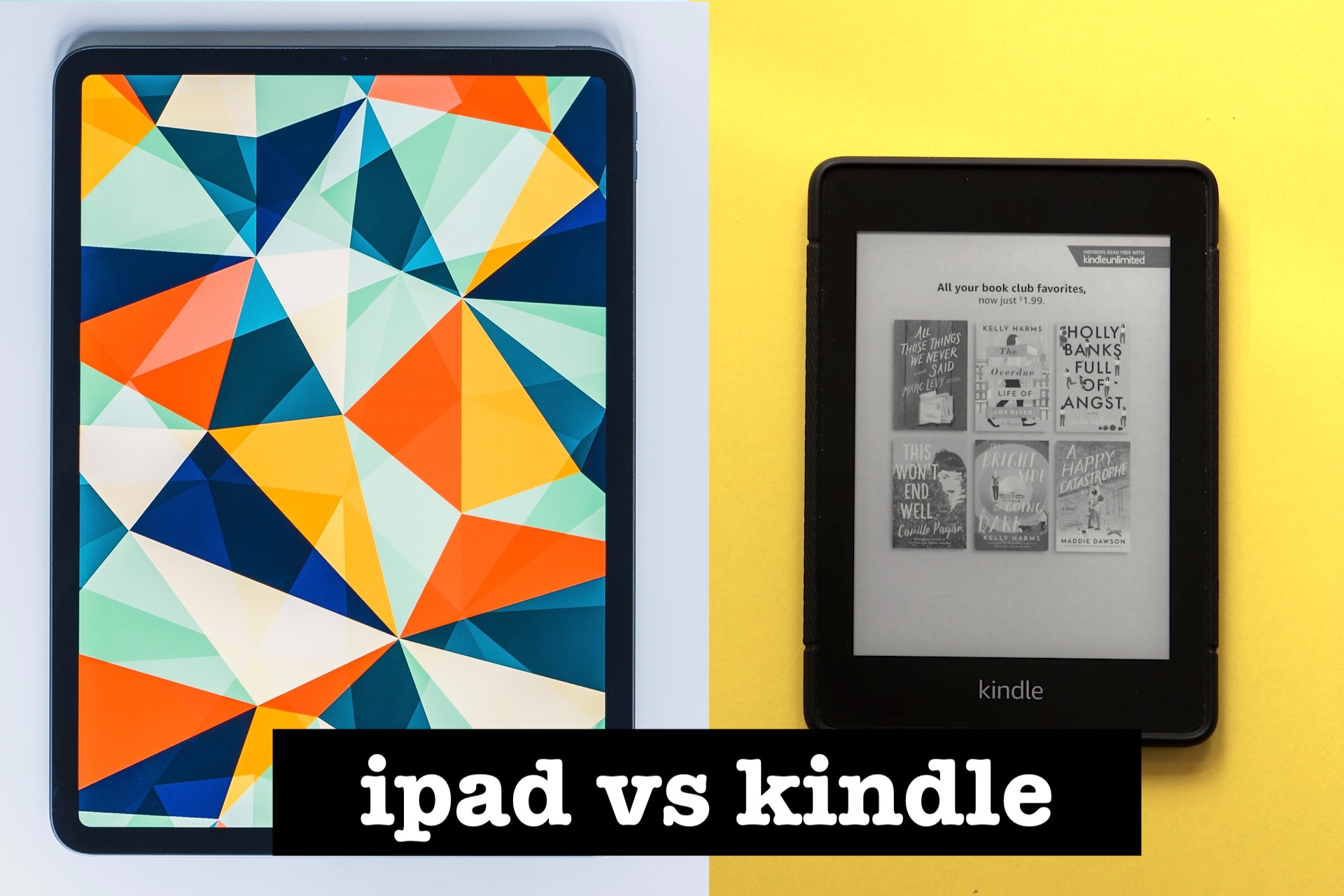
So you are a student, or just a bookworm and are looking to buy a new device for reading. You look around and see that most people use two devices for reading digitally, an iPad or a Kindle.
While both devices offer the convenience of accessing a wide range of books, on a book size display. They cater to different preferences and priorities.
In this article, we'll explore the differences between reading on an iPad as compared to reading on a Kindle so that you can buy the device that fits your need.
Display and Eye Comfort:
iPad:
The iPad boasts a vibrant and high-resolution Retina display, making it ideal for various tasks, including reading.
The color reproduction and sharpness are excellent for graphic-heavy content, such as magazines and comics. However, extended reading on the iPad's bright LCD (or OLED screens in newer iPads) may lead to eye strain for some users, especially in low-light conditions.
Kindle:
On the other hand, Kindle devices are designed with E Ink technology, which mimics the appearance of traditional paper.
This results in a glare-free, matte-like screen that's easy on the eyes, even during binge-reading. The lack of backlighting in most Kindle models reduces eye fatigue and makes them more suitable for reading in various lighting environments.
However, you may need to turn the lamp on if you opt for a no-backlight Kindle.
Battery Life:
iPad:
The iPad is a multi-functional device that can do much more than just serve as an e-reader. However, this versatility comes at a cost—battery life. iPads typically need to be charged every day or every few days, depending on usage.
Kindle:
Kindle devices are renowned for their exceptional battery life. Thanks to the power-efficient E Ink technology, a single charge can last several weeks, making Kindles a preferred choice for avid readers who want uninterrupted reading experiences.
Distraction Levels:
iPad:
iPads offer a wide range of applications and connectivity options, making them suitable for more than just reading. However, this can also be a con. The potential for notifications, social media, and other apps can lead to distractions from focused reading.
However, there are do not disturb modes on iPads but how long can you resist swiping up and opening an app is still up to you.
Kindle:
Kindles are designed primarily for reading, minimizing distractions. With a dedicated device, you know that you can't open your favorite social media app, even if you want. This helps in focusing on the issue at hand (no pun intended).
Content Accessibility and Formats:
iPad:
iPad is a multifunction device, it can open all kinds of e-books, audio books, videos, games, web articles, and reading apps like Instapaper or Pocket. Certainly, iPad has a lot more content accessibility options than the Kindle.
Kindle:
While Kindle devices are specialized for e-books, they excel in providing a seamless and distraction-free reading experience. Kindle e-readers support Amazon's proprietary e-book format (AZW), as well as widely used formats like MOBI and PDF.
Conclusion:
In the debate of iPad vs. Kindle for reading, the choice ultimately boils down to your preferences and priorities. If you're looking for a versatile device that can handle various tasks in addition to reading like opening your Instagram or browsing the web, the iPad might be the right fit. On the other hand, if your main focus is a distraction-free, dedicated reading experience with a screen designed for prolonged comfort and exceptional battery life, a Kindle could be your ideal companion.
